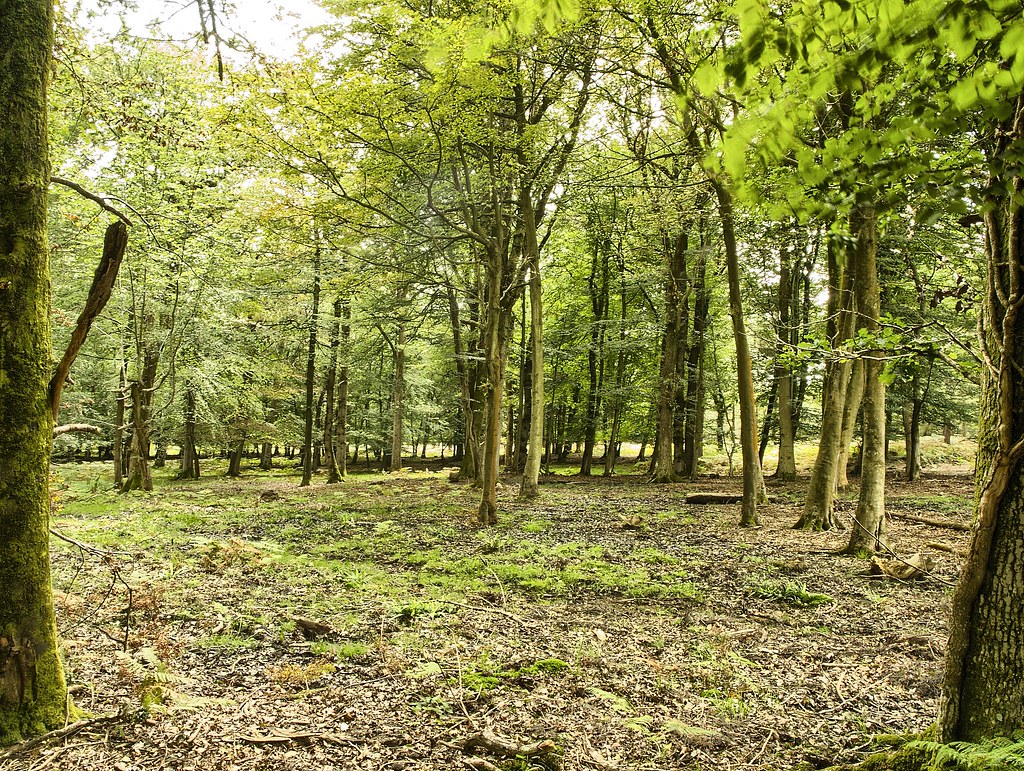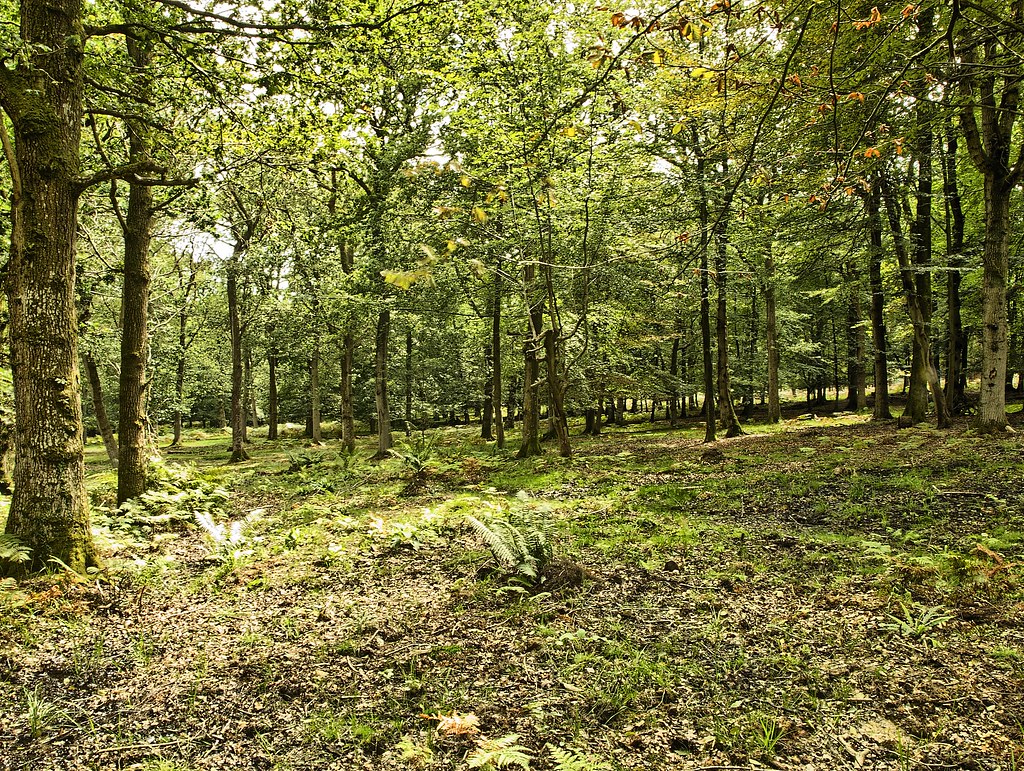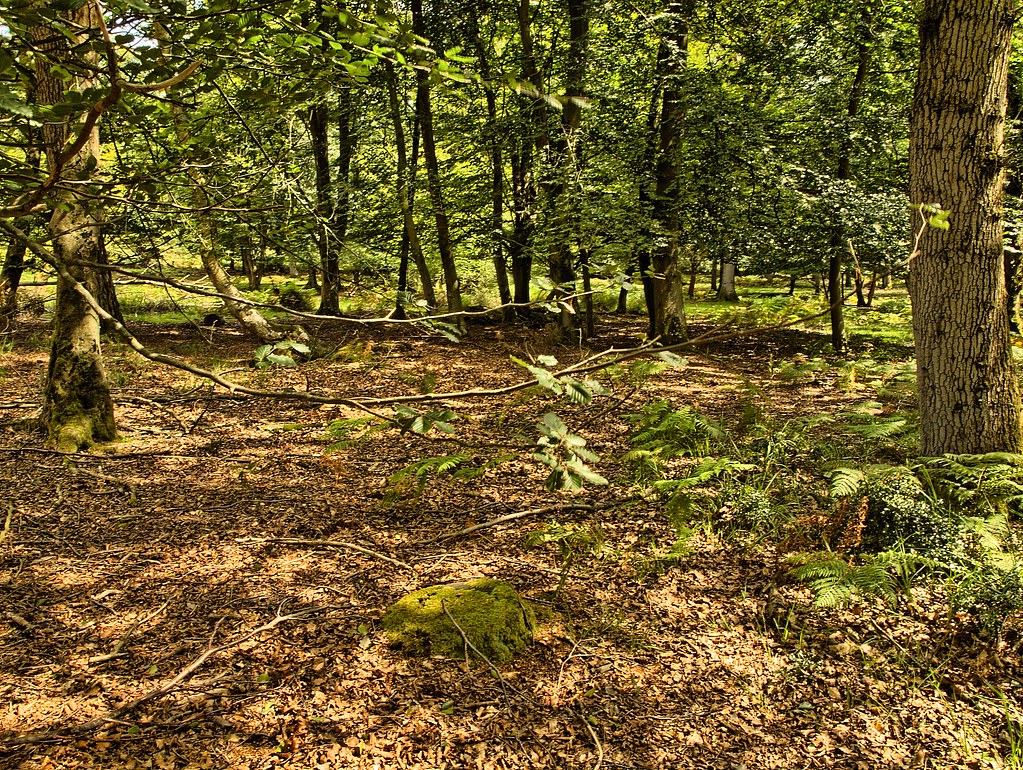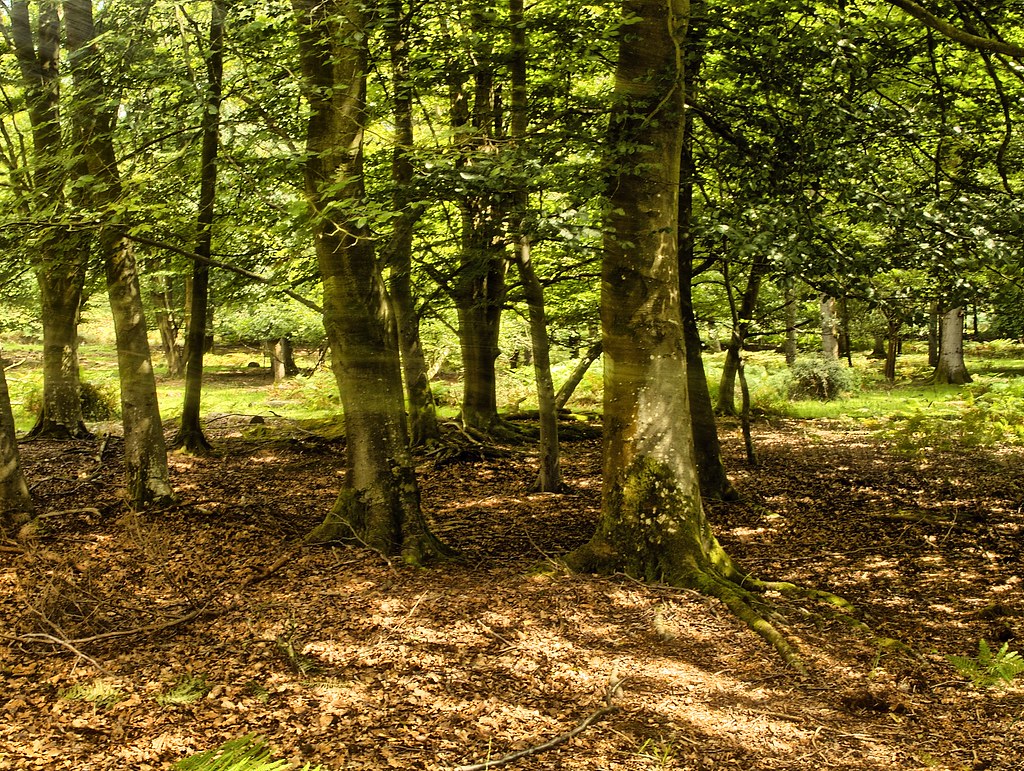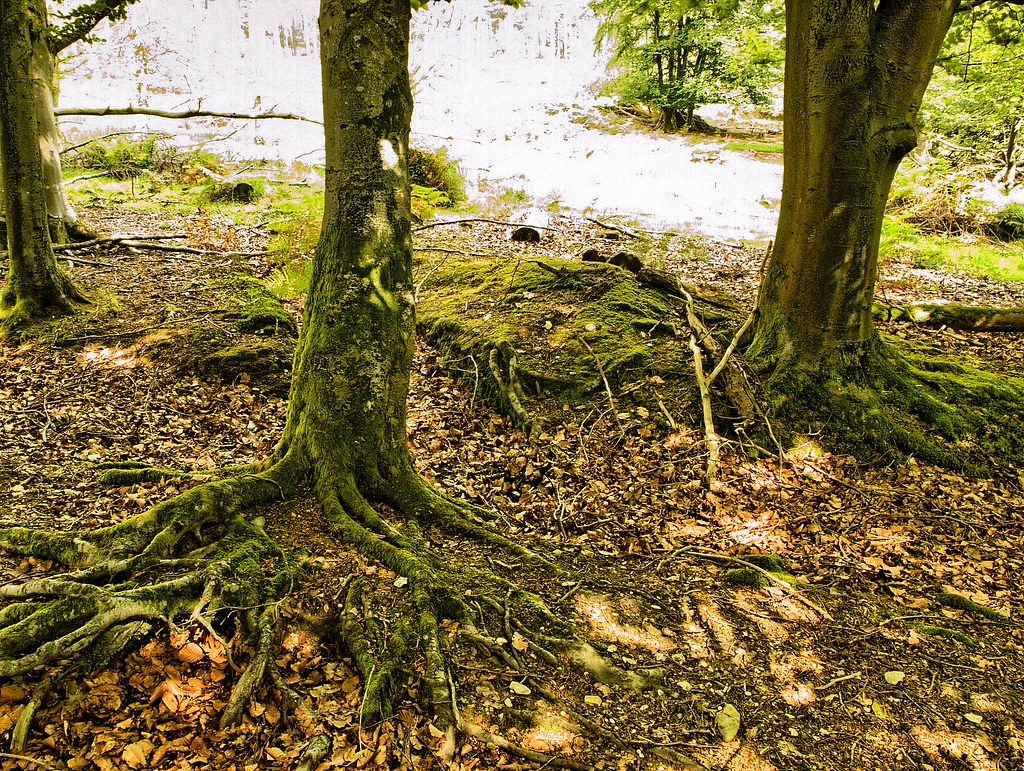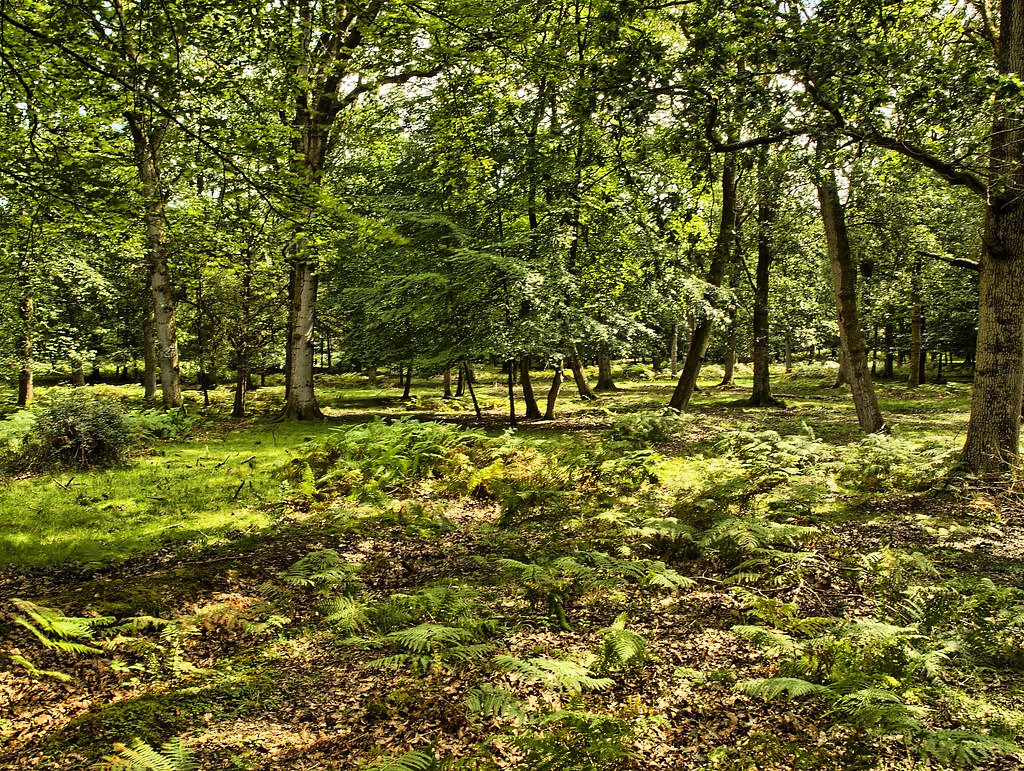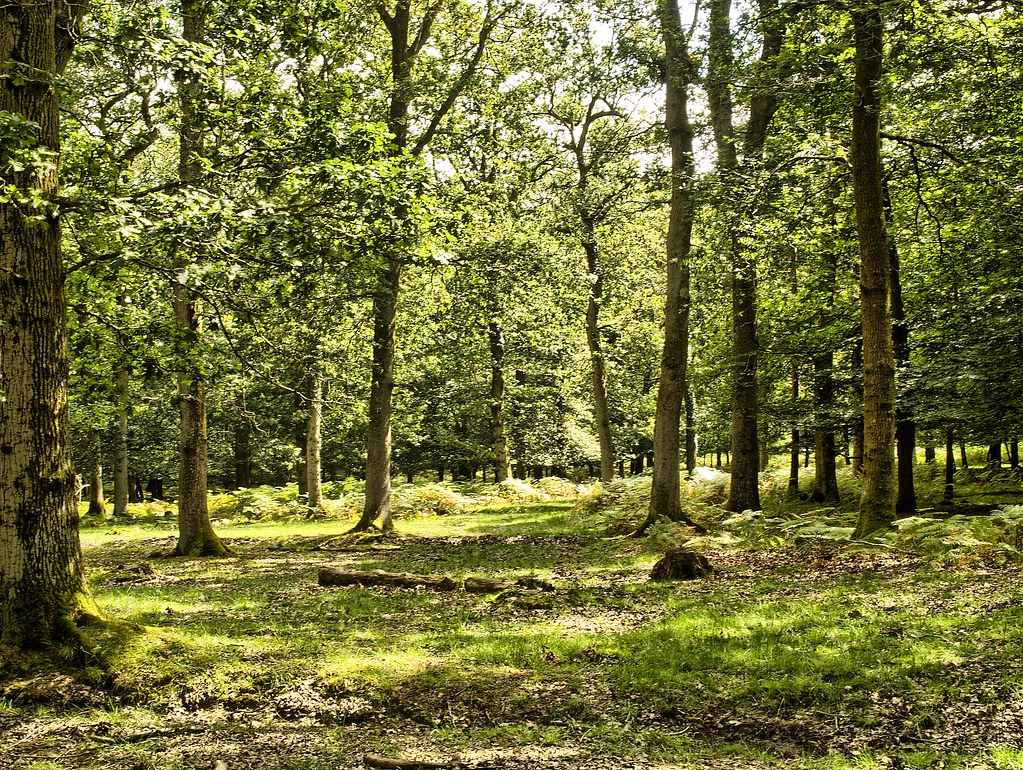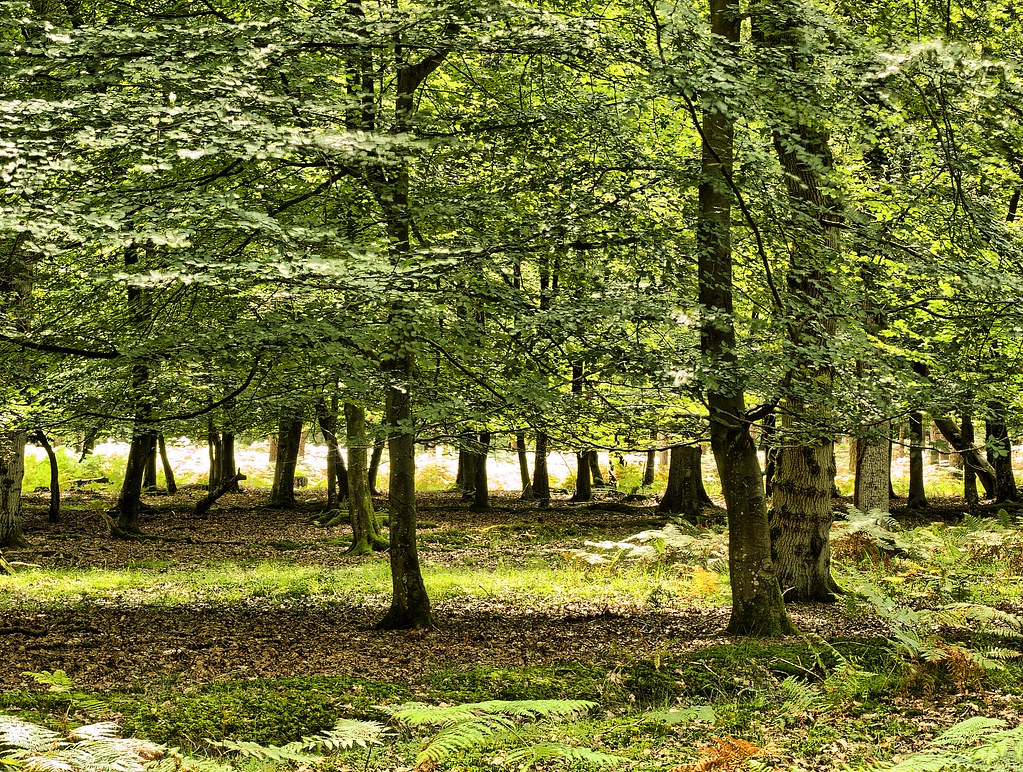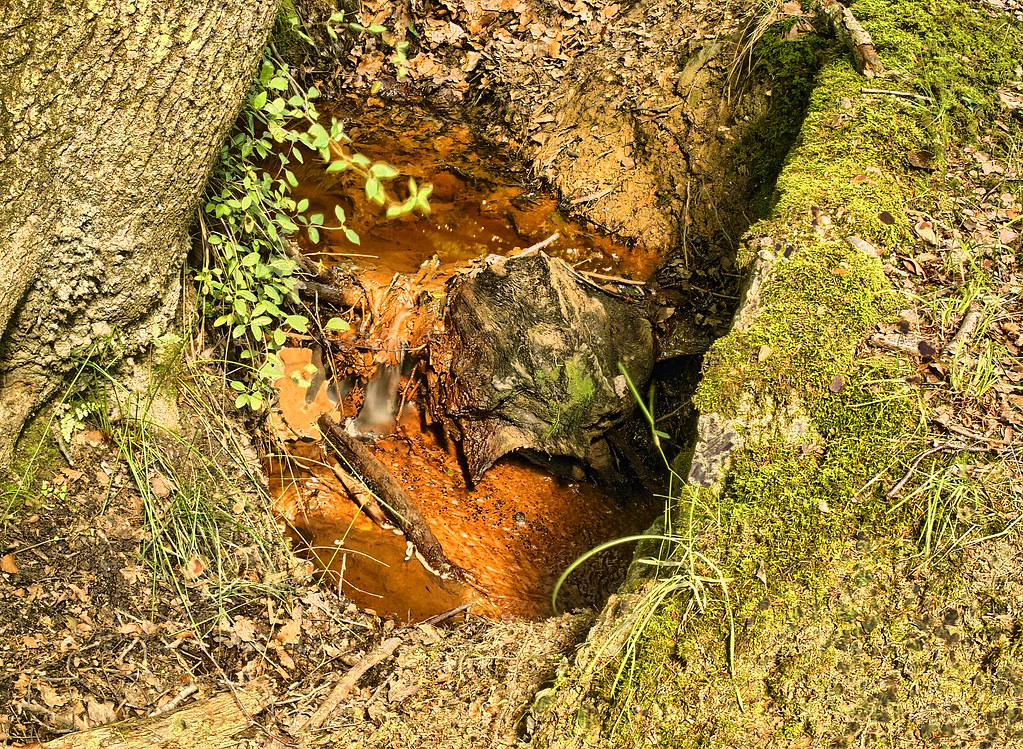The New Forest is a fragment of the ancient wild wood that once stretched the length and breadth of Europe - it is also one of Britain's newest National Parks. This enchanted forest is like no other: pigs and ponies roam beneath mighty oaks and beeches, and pockets of heath land shelter some of the rarest creatures in Britain - including Dartford warblers, hobbies and sand lizards. People live here too - with a unique lifestyle that has survived since medieval times.
"Forest" from the "Old French": a tract of wooded grounds in England formerly belonging to the sovereign and set apart for game.
Hence "New Forest": The NEW a tract of wooded grounds in England formerly belonging to the sovereign and set apart for game.
The New Forest was created as a royal forest by William I in about 1079 for the royal hunt, mainly of deer. It was created at the expense of more than 20 small hamlets and isolated farmsteads; hence it was 'new' in his time as a single compact area.
According to Florence of Worcester (d. 1118), the forest was known before the Norman Conquest as the Great Ytene Forest; the word "Ytene" meaning '"Juten" or "of Jutes". The Jutes were one of the early Anglo Saxon tribal groups who colonised this area of southern Hampshire. This is the traditionally accepted etymology, however, it is very possible that the name is Celtic and related to the Irish name "Etain"
It was first recorded as "Nova Foresta" in Domesday Book in 1086, where a section devoted to it is interpolated between lands of the king's thegns and the town of Southampton; it is the only forest that the book describes in detail. "Probably no action of the early Norman kings is more notorious than their creation of the New Forest", observes H. R. Loyn, who adds that the picture of evicted peasants and houses burned is uncritical. Twelfth-century chroniclers alleged that William had created the Forest by evicting the inhabitants of 36 parishes, reducing a flourishing district to a wasteland; however, this account is thought dubious by most historians, as the poor soil in much of the Forest is believed to have been incapable of supporting large-scale agriculture, and significant areas appear to have always been uninhabited.
In the Wild Wood
The forest is full of Tracks and Byeways, but you only need to walk a shot distance off the Trails and your back in the wild wood of 8000year ago!
